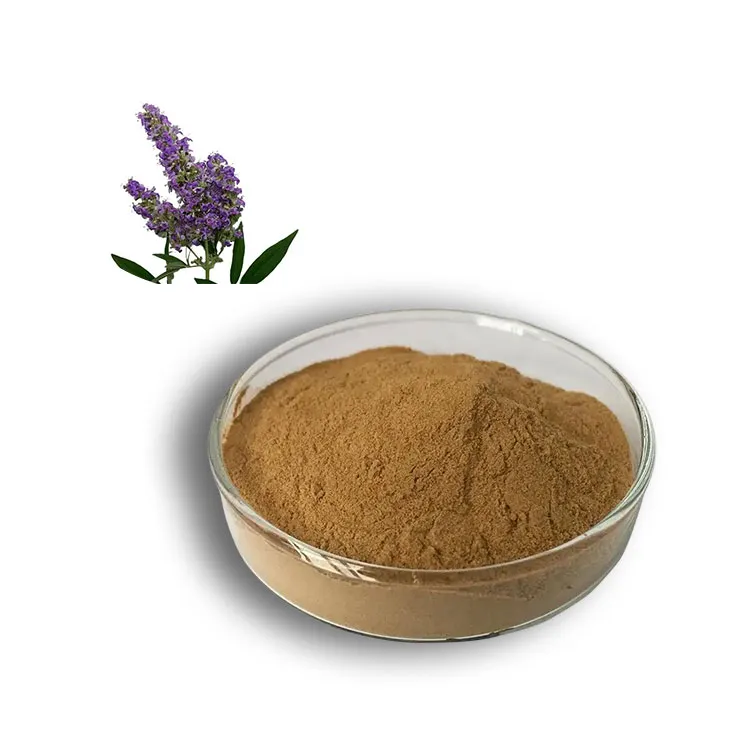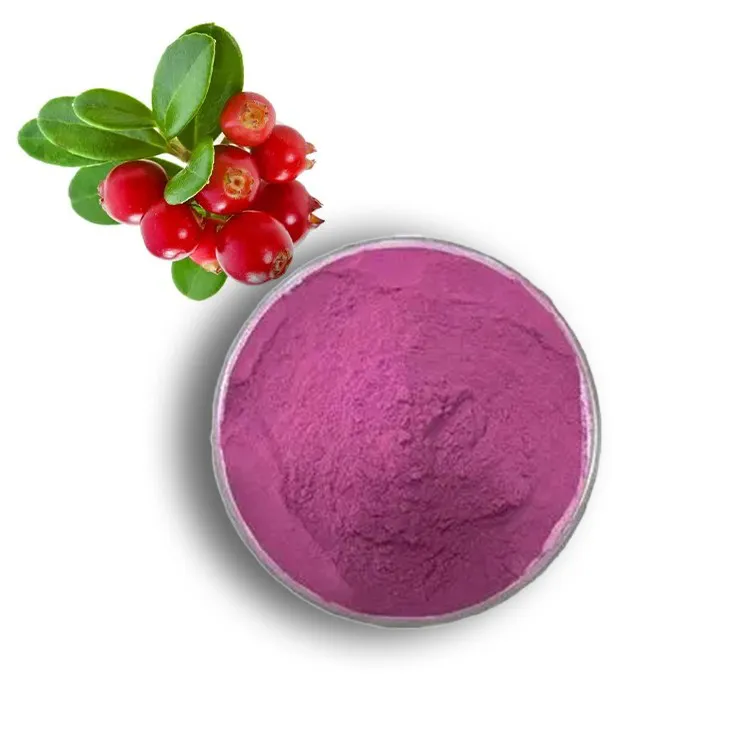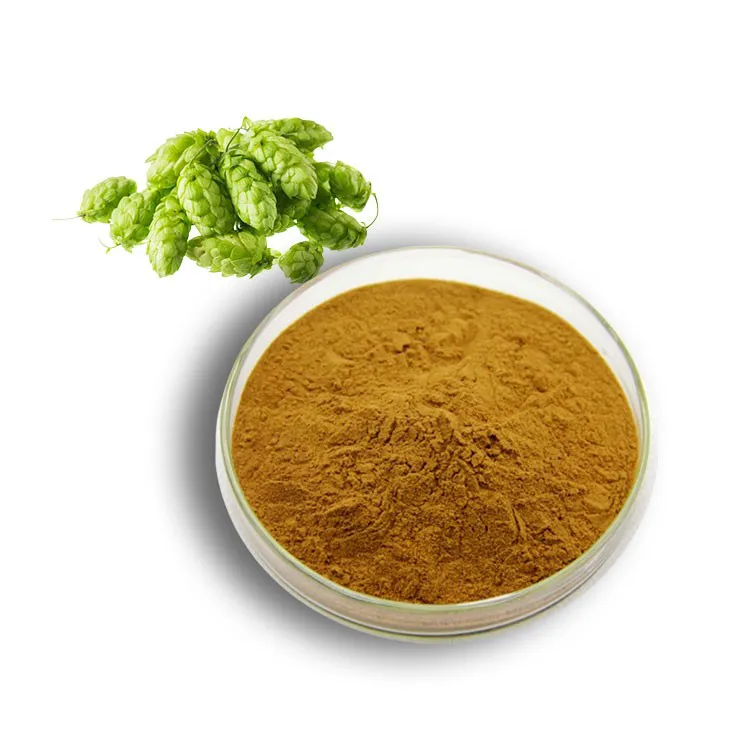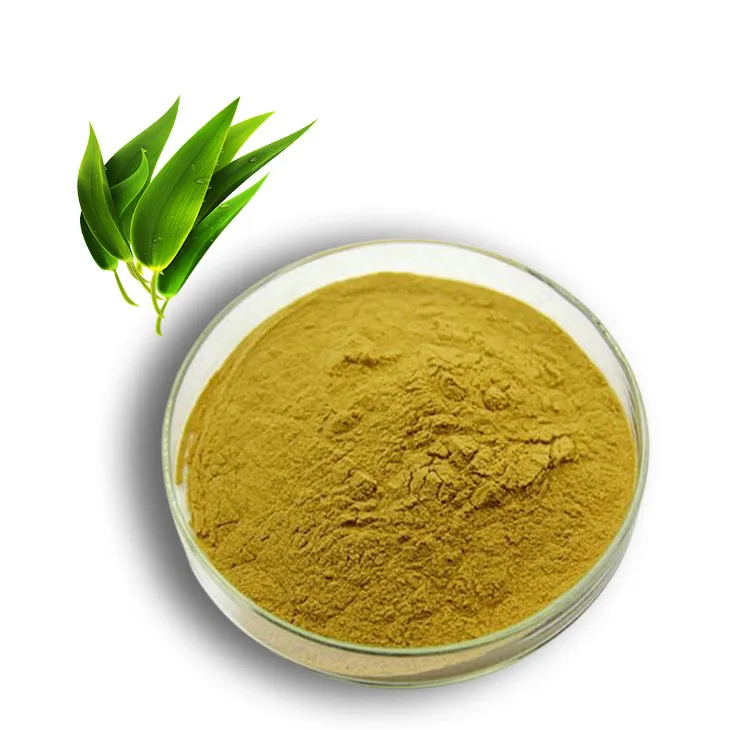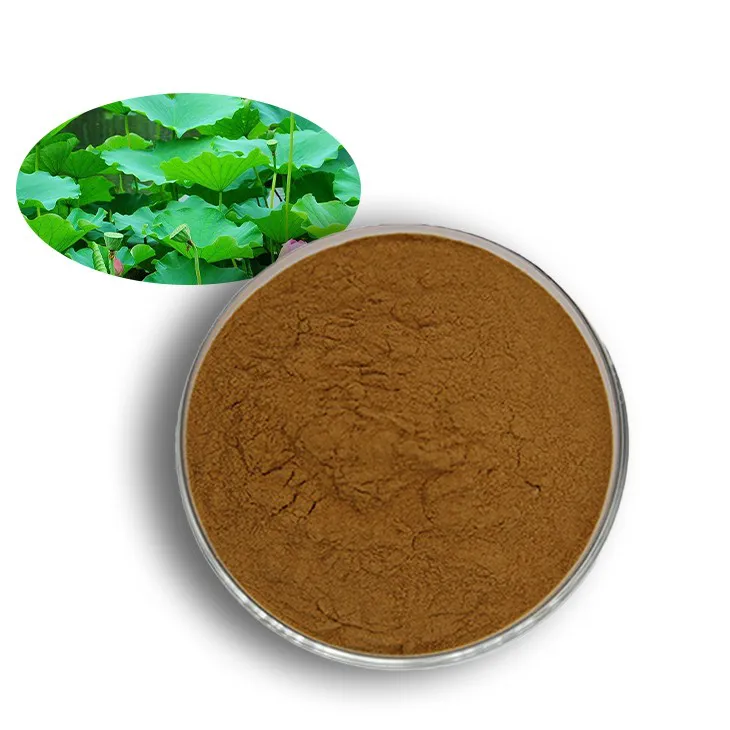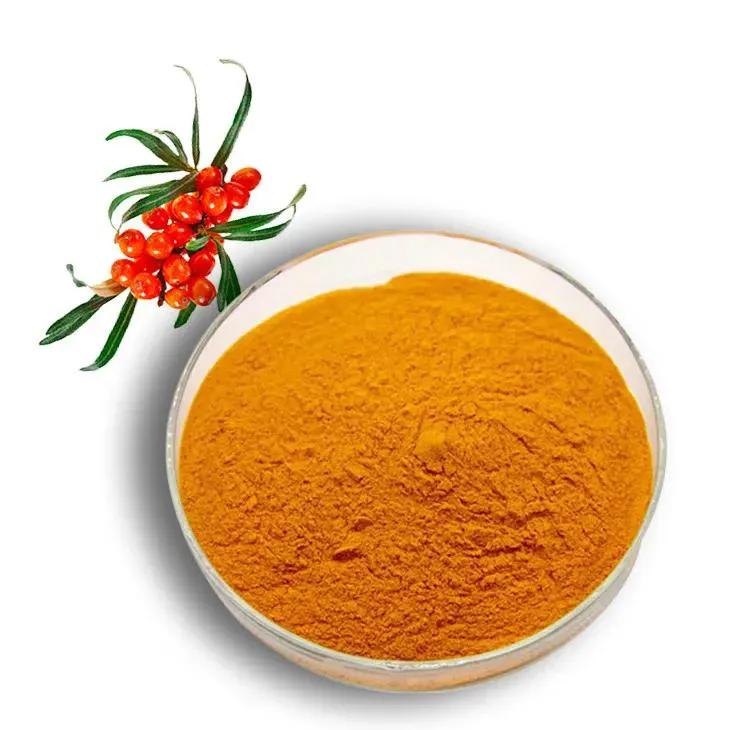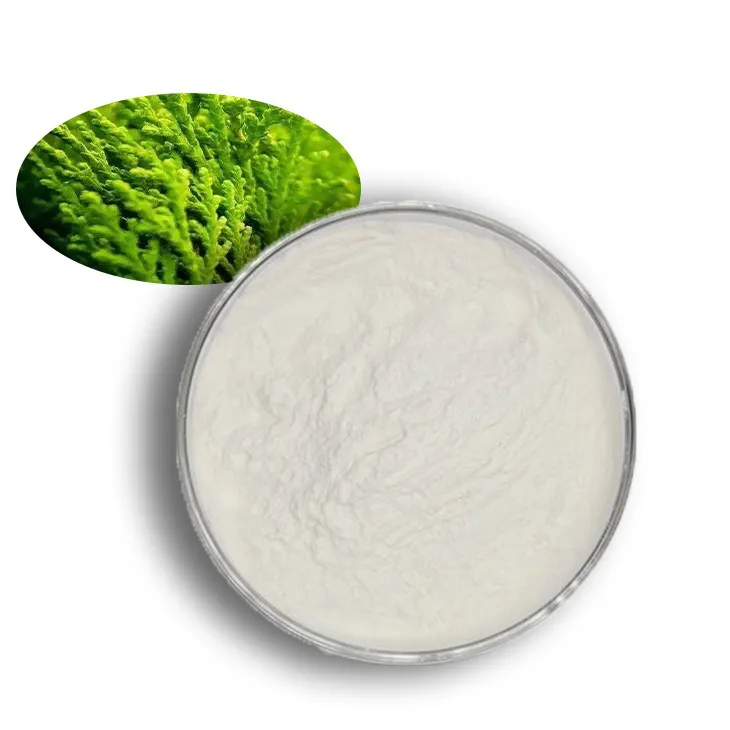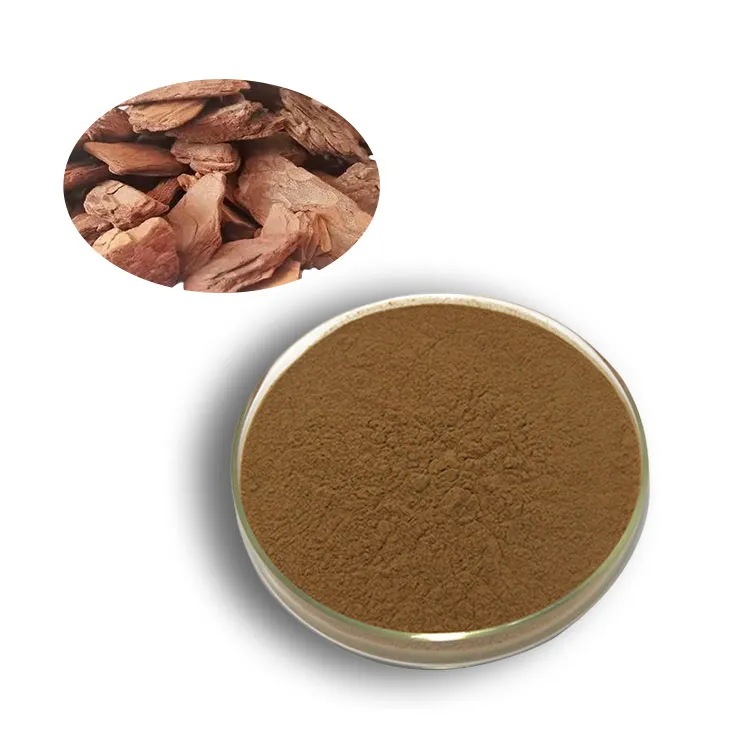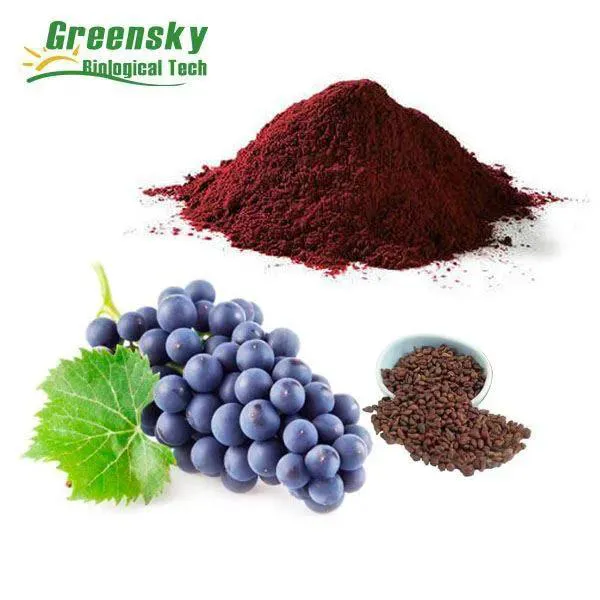- 0086-571-85302990
- sales@greenskybio.com
Exploring the Wonders of Polygonum Cuspidatum: A Comprehensive Overview
2024-07-04
1. Introduction to Polygonum Cuspidatum
Polygonum cuspidatum, also known as Japanese knotweed, is a remarkable plant with a diverse range of characteristics. It is a perennial herbaceous plant that can grow to significant heights, often reaching up to several meters. Native to East Asia, it has spread to other parts of the world, both naturally and through human activities.
2. Traditional Medicinal Uses
2.1. In Asian Traditional Medicine
In traditional Asian medicine, Polygonum cuspidatum has been used for centuries. In Chinese medicine, it is believed to have properties such as clearing heat, detoxifying, and promoting blood circulation. It has been used to treat various ailments including inflammation, skin diseases, and liver problems.2.2. In Other Cultures
In some other cultures as well, different parts of the plant have been utilized for medicinal purposes. For example, in some local herbal traditions, it has been used to relieve pain and reduce swelling.3. Bioactive Substances and Their Significance
3.1. Resveratrol
One of the most notable bioactive substances in Polygonum cuspidatum is resveratrol. Resveratrol is a polyphenol that has gained significant attention in the scientific community in recent years. It is known for its antioxidant properties. Antioxidants play a crucial role in protecting the body's cells from damage caused by free radicals. Free radicals are unstable molecules that can cause oxidative stress, which is associated with various diseases such as cancer, heart disease, and neurodegenerative disorders.3.2. Other Bioactive Compounds
Besides resveratrol, Polygonum cuspidatum also contains other bioactive compounds such as flavonoids and anthraquinones. Flavonoids are known for their anti - inflammatory and anti - allergic properties. Anthraquinones have been shown to have laxative effects in some cases and may also play a role in antimicrobial activities.4. Modern Health - Related Applications
4.1. Cardiovascular Health
The presence of resveratrol in Polygonum cuspidatum has led to investigations into its potential benefits for cardiovascular health. Resveratrol may help in reducing blood pressure, improving blood lipid profiles, and preventing the formation of blood clots. These effects could potentially reduce the risk of heart attacks and strokes.4.2. Anti - Cancer Potential
Some studies have suggested that the bioactive compounds in Polygonum cuspidatum, including resveratrol, may have anti - cancer properties. They may be able to inhibit the growth of cancer cells, induce apoptosis (programmed cell death), and prevent the spread of cancer. However, more research is needed to fully understand the mechanisms and potential applications in cancer treatment.4.3. Anti - Inflammatory and Immune - Modulating Effects
The flavonoids and other bioactive substances in the plant may contribute to its anti - inflammatory and immune - modulating effects. By reducing inflammation, it may help in the treatment of various inflammatory diseases such as arthritis. Additionally, modulating the immune system can enhance the body's ability to fight off infections and diseases.5. Growth Characteristics
5.1. Growth Habit
Polygonum cuspidatum has a vigorous growth habit. It can grow in a wide range of soil types, from fertile loam to relatively poor soils. It is also relatively tolerant of different levels of sunlight, although it generally prefers areas with some sunlight exposure. The plant spreads through rhizomes, which are underground stems. These rhizomes can grow extensively, allowing the plant to form large colonies over time.5.2. Reproduction
In addition to spreading through rhizomes, Polygonum cuspidatum can also reproduce sexually by producing seeds. The seeds are relatively small and can be dispersed by various means, such as wind and water. However, the vegetative spread through rhizomes is often the main way it colonizes new areas.6. Ecological Role
6.1. Impact on Flora
The growth of Polygonum cuspidatum can have a significant impact on the surrounding flora. Due to its rapid growth and ability to form dense colonies, it can outcompete other plants for resources such as sunlight, water, and nutrients. This can lead to a decrease in the diversity of plant species in the area where it grows. However, in some cases, it can also provide shelter and food for certain small animals and insects.6.2. Impact on Fauna
Some animals may use Polygonum cuspidatum as a food source. For example, certain insects feed on its leaves, and some small mammals may use the plant for cover. However, its invasive nature in some regions can also disrupt the natural habitats of native animals by changing the structure of the plant community.7. Industrial Applications
7.1. Cosmetics
The bioactive compounds in Polygonum cuspidatum, especially the antioxidants like resveratrol, are of interest in the cosmetics industry. They can be used in anti - aging products, as antioxidants help to protect the skin from damage caused by environmental factors such as UV radiation and pollution. This can potentially reduce the appearance of wrinkles and improve skin elasticity.7.2. Pharmaceuticals
Given its potential health - related benefits, there is growing interest in using Polygonum cuspidatum in the pharmaceutical industry. Extracts from the plant may be used in the development of new drugs for various diseases, especially those related to inflammation, cardiovascular problems, and cancer. However, strict quality control and further research are required to ensure the safety and effectiveness of these products.7.3. Biofuel
The plant's high biomass production makes it a potential candidate for biofuel production. Its cellulose and lignin content can be converted into biofuels through various processes. This could potentially contribute to the development of sustainable energy sources, although more research is needed to optimize the conversion processes and assess its economic viability.8. Challenges and Considerations
8.1. Invasive Nature
In some regions, Polygonum cuspidatum is considered an invasive species. Its rapid spread can cause problems for native ecosystems, agriculture, and infrastructure. Efforts are needed to control its spread in these areas, which can be challenging due to its growth characteristics and ability to regenerate from small fragments of rhizomes.8.2. Safety and Quality Control
When using Polygonum cuspidatum for medicinal or industrial applications, safety and quality control are crucial. There may be potential side effects associated with the consumption of the plant or its extracts, especially if not properly processed. Additionally, ensuring the consistency and quality of the bioactive compounds in products derived from the plant requires strict regulatory measures.9. Conclusion
Polygonum cuspidatum is truly a plant full of wonders. Its long - standing use in traditional medicine, the presence of potent bioactive substances, its growth characteristics, ecological role, and potential industrial applications all make it a subject worthy of in - depth study. While there are challenges associated with its invasive nature and the need for safety and quality control, the potential benefits it offers in areas such as health, cosmetics, and energy cannot be ignored. Continued research and proper management are essential to fully explore and utilize the wonders of this remarkable plant.
FAQ:
What are the main bioactive substances in Polygonum cuspidatum?
One of the main bioactive substances in Polygonum cuspidatum is resveratrol. Resveratrol has been widely studied for its potential health - benefits, such as antioxidant, anti - inflammatory and anti - aging properties. Besides resveratrol, there may be other compounds in Polygonum cuspidatum that contribute to its biological activities, but resveratrol is the most well - known among them.
How has Polygonum cuspidatum been used in traditional medicine?
In traditional medicine, Polygonum cuspidatum has been used for various purposes. For example, it has been used to treat inflammation - related diseases, liver problems, and certain skin disorders. Different cultures may have different ways of preparing and using it, such as making herbal teas, tinctures or poultices. However, it should be noted that traditional uses do not always translate directly into modern medical applications and more research is needed to confirm its efficacy and safety in a scientific context.
What are the growth characteristics of Polygonum cuspidatum?
Polygonum cuspidatum is a relatively hardy plant. It can grow in a variety of habitats, including areas with different soil types and levels of sunlight. It is often a perennial plant, which means it can survive for multiple years. It has the ability to spread, either through its seeds or by its rhizomes (underground stems). This spreading ability can sometimes make it an invasive species in certain areas if not properly managed.
How does Polygonum cuspidatum impact the surrounding flora and fauna?
Polygonum cuspidatum can have both positive and negative impacts on the surrounding flora and fauna. On one hand, it can provide shelter and food sources for some animals. For example, some insects may feed on its leaves or use it for nesting. On the other hand, because of its spreading nature, it can out - compete native plants for resources such as sunlight, water and nutrients. This can disrupt the balance of the local ecosystem and potentially reduce the diversity of native plant species.
What are the potential applications of Polygonum cuspidatum in modern industries?
There are several potential applications in modern industries. In the pharmaceutical industry, due to the presence of bioactive substances like resveratrol, it may be used for developing new drugs or nutraceuticals. In the cosmetic industry, its antioxidant properties could be utilized in skincare products. Additionally, in the agricultural industry, it could potentially be studied for its ability to tolerate certain environmental conditions, which may be useful for developing more resilient crop varieties.
Related literature
- The Bioactive Compounds of Polygonum cuspidatum: Properties and Potential Applications"
- "Polygonum cuspidatum in Traditional and Modern Medicine: A Review"
- "Ecological Impact of Polygonum cuspidatum: A Case Study"
- ▶ Hesperidin
- ▶ Citrus Bioflavonoids
- ▶ Plant Extract
- ▶ lycopene
- ▶ Diosmin
- ▶ Grape seed extract
- ▶ Sea buckthorn Juice Powder
- ▶ Fruit Juice Powder
- ▶ Hops Extract
- ▶ Artichoke Extract
- ▶ Mushroom extract
- ▶ Astaxanthin
- ▶ Green Tea Extract
- ▶ Curcumin
- ▶ Horse Chestnut Extract
- ▶ Other Product
- ▶ Boswellia Serrata Extract
- ▶ Resveratrol
- ▶ Marigold Extract
- ▶ Grape Leaf Extract
- ▶ New Product
- ▶ Aminolevulinic acid
- ▶ Cranberry Extract
- ▶ Red Yeast Rice
- ▶ Red Wine Extract
-
Chasteberry Extract
2024-07-04
-
Europen Bilberry Extract
2024-07-04
-
Cranberry Extract
2024-07-04
-
Hops Extract
2024-07-04
-
Bamboo Leaf extract
2024-07-04
-
Lotus leaf extract
2024-07-04
-
Sea buckthorn Juice Powder
2024-07-04
-
Carrageenan Extract Powder
2024-07-04
-
Pine bark Extract Powder
2024-07-04
-
Grape Seed Extract
2024-07-04











